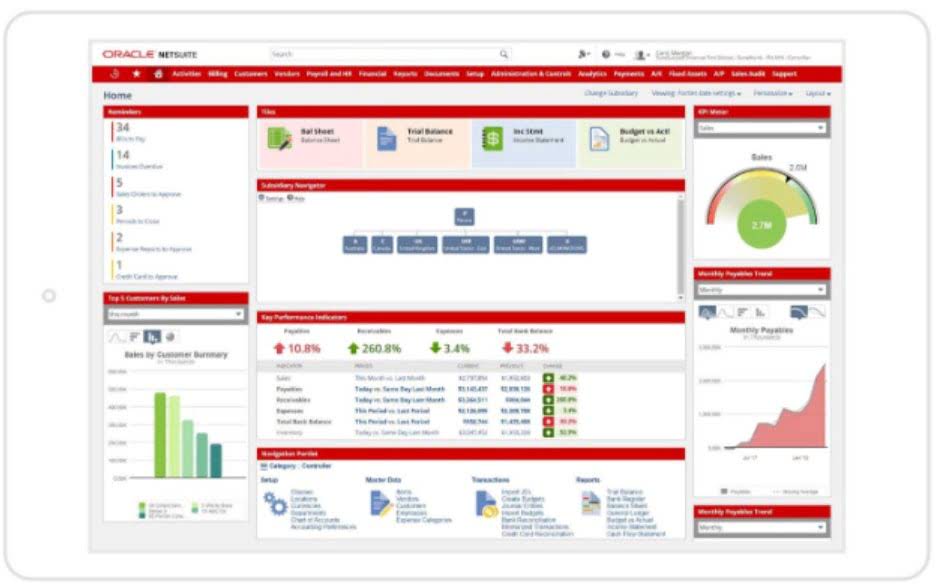
Double-entry bookkeeping can appear complicated at first, but it’s easy to understand and use once the basic concepts have been learned. There are recorded instances of double-entry bookkeeping from as far back as 70 A.D. However, most founders focus on setting up a system to pay vendors and record income as soon as possible and may not be aware they need to decide between single-entry vs. double-entry bookkeeping. In this article, you’ll learn what each of these approaches involves, how they compare, and which system best suits your startup’s situation. We record the purchase of flour and salt along with a decrease in cash assets. When we sell a bagel, we record a decrease in bagel inventory and an increase in cash assets (the revenue from the sold bagel).
Starting with Single-Entry Systems
- That means you can’t generate a balance sheet or income statement, which are mandatory for public companies.
- Single-entry bookkeeping can be performed in accounting software, but in its simplest form, it can also be recorded in a table.
- So this amount is debited to your account and raises the account balance to $4500.
- Small businesses using the single-entry system record revenue when it comes in and record an expense when it’s paid.
- This means that the double-entry bookkeeping technique believes that every transaction is actually both a debit and a credit one for the organization.
- If the two are in different accounting periods, a single-entry system won’t be able to match the two up.
An example of a double-entry transaction would be if the company wants to pay off a creditor. The cash account would be reduced by the amount the company owes the creditor. Then, the double-entry reduces the amount the business https://www.bookstime.com/ now owes to the creditor account as it has received the amount of the credit the business is extending. The key feature of this system is that the debits and credits should always match for error-free transactions.
Double-Entry Accounting: What It Is and How It Works
The definition and usage of both techniques of bookkeeping must be clear by now. Businesses with small-scale operations may take the help of the single-entry system of bookkeeping. This is only suggest when the budget of the business prohibits it from using professional accounting software or hiring the required personnel to undergo double-entry bookkeeping. Similarly, the small business offering some kind of service may also rely on a single-entry system as there is less number of products to deal with. The basic reason why single-entry bookkeeping is adopted by any business is for the mere satisfaction of the tax authorities and their requirements. Only time/date, transaction type, and amount are recorded under this form of bookkeeping.
What Is Double-Entry Bookkeeping? A Simple Guide for Small Businesses
- When we sell a bagel, we record a decrease in bagel inventory and an increase in cash assets (the revenue from the sold bagel).
- If bookkeeping errors go undetected, you may be making decisions based on faulty information.
- For example, if your business buys or sells on credit, then you need to implement a double-entry system.
- Because the double-entry system is more complete and transparent, anyone considering giving your business money will be a lot more likely to do so if you use this system.
- This transaction would also be recorded as a credit to Loan payable (which is a liability) and a debit to Cash in a double-entry system, so you’d better understand your cumulative bank debt.
It also requires that mathematically, debits and credits always equal each other. This complexity can be time-consuming as well as more costly; however, in the long run, it is more beneficial to a company than single-entry accounting. Single-entry and double-entry accounting are both methods of record-keeping for companies’ financial transaction data. Single-entry accounting records each transaction one single time, while double-entry accounting records each transaction twice, once as a debit and once as a credit. Single-entry bookkeeping can be performed in accounting software, but in its simplest form, it can also be recorded in a table.

How many types of bookkeeping systems are there?
For the smallest businesses with the simplest accounting needs, a single-entry system might fit your needs. However, we strongly recommend that any businesses that intend to grow use double-entry bookkeeping. Having a debit and a credit for each transaction ensures both sides of this equation balance.
- Some accounting system will allow for your card transaction data to sync with your accounting system, ensuring your chart of accounts is the same across the board.
- It’s a key document to understand your company’s financial health and see where you can or need to cut costs.
- Double-entry accounting systems can be used to create financial statements (such as balance sheets and income statements), which can give insights into a company’s overall performance and health.
- Double-entry accounting will allow you to have a deeper understanding of your company’s financial health, quickly catch accounting mistakes, and share a snapshot of your business with investors.
Example 1: Business Purchases Using Credit
The general ledger would have two lines added to it, showing both the debit and credit for $5,000 each. You can also add a little complexity to this system by introducing two columns, one for revenue and one for expenses. This is still considered single vs double entry bookkeeping to be a single-entry system, because each transaction is only entered once. In this discussion, we’ll explain double-entry and single-entry bookkeeping and give you the info you need to decide which one is right for your business.

Financial statements are then prepared from these journals and ledgers and summarize the income and expenses of a business for a specific timeframe. A single-entry bookkeeping system is noted for its simplicity, involving one record for each transaction. This approach typically includes a record of cash disbursements and receipts, often used by small businesses due to its ease of use. The system requires an individual to make just one entry per transaction, which enhances ease of use for those without extensive accounting expertise. It’s particularly suitable for sole proprietors and individuals who need an uncomplicated method to monitor their cash flow.
Turn business receipts into data & deductibles
Today’s market offers a variety of tools and software to help businesses streamline their accounting processes. These tools can range from basic ledger applications to comprehensive accounting software, with options suitable for businesses of all sizes. Single-entry bookkeeping is a fundamental accounting practice that involves recording each financial transaction with just one entry to a ledger or cash book.
Through this example, you can see how each transaction affects at least two accounts ensuring adherence to the accounting equation. Any mismatch indicates potential accounting problems, making the double-entry method a valuable tool for error detection and financial accuracy. The total debits ($1,000) must always equal the total credits ($1,000), ensuring the accounting system is accurate and error-free. Frankly, for most small businesses, single-entry bookkeeping will get the job done. It will be cheaper, faster, and less of a headache if you don’t have any accounting experience. Aside from being used in every publicly traded company, many small companies also use double-entry bookkeeping.

